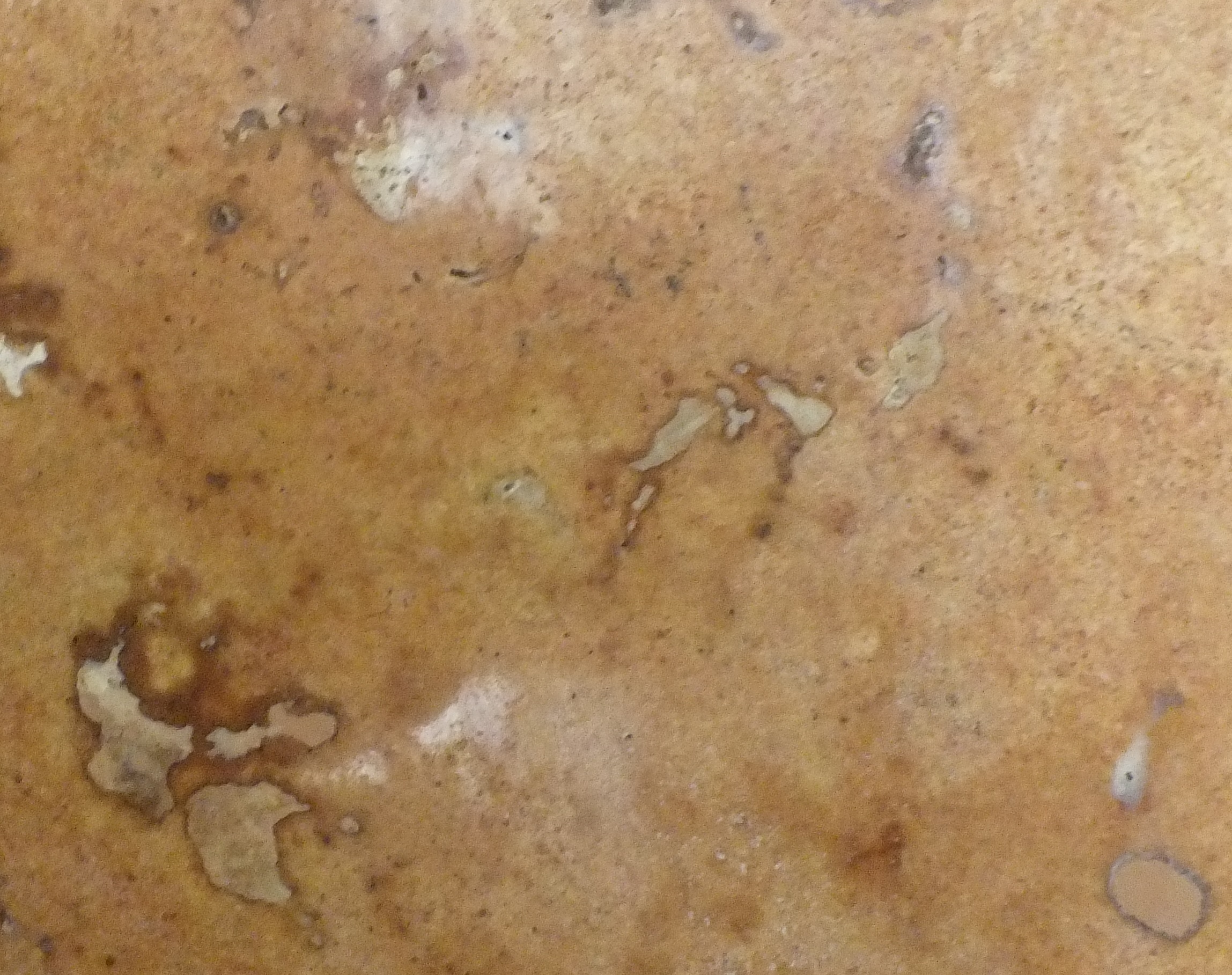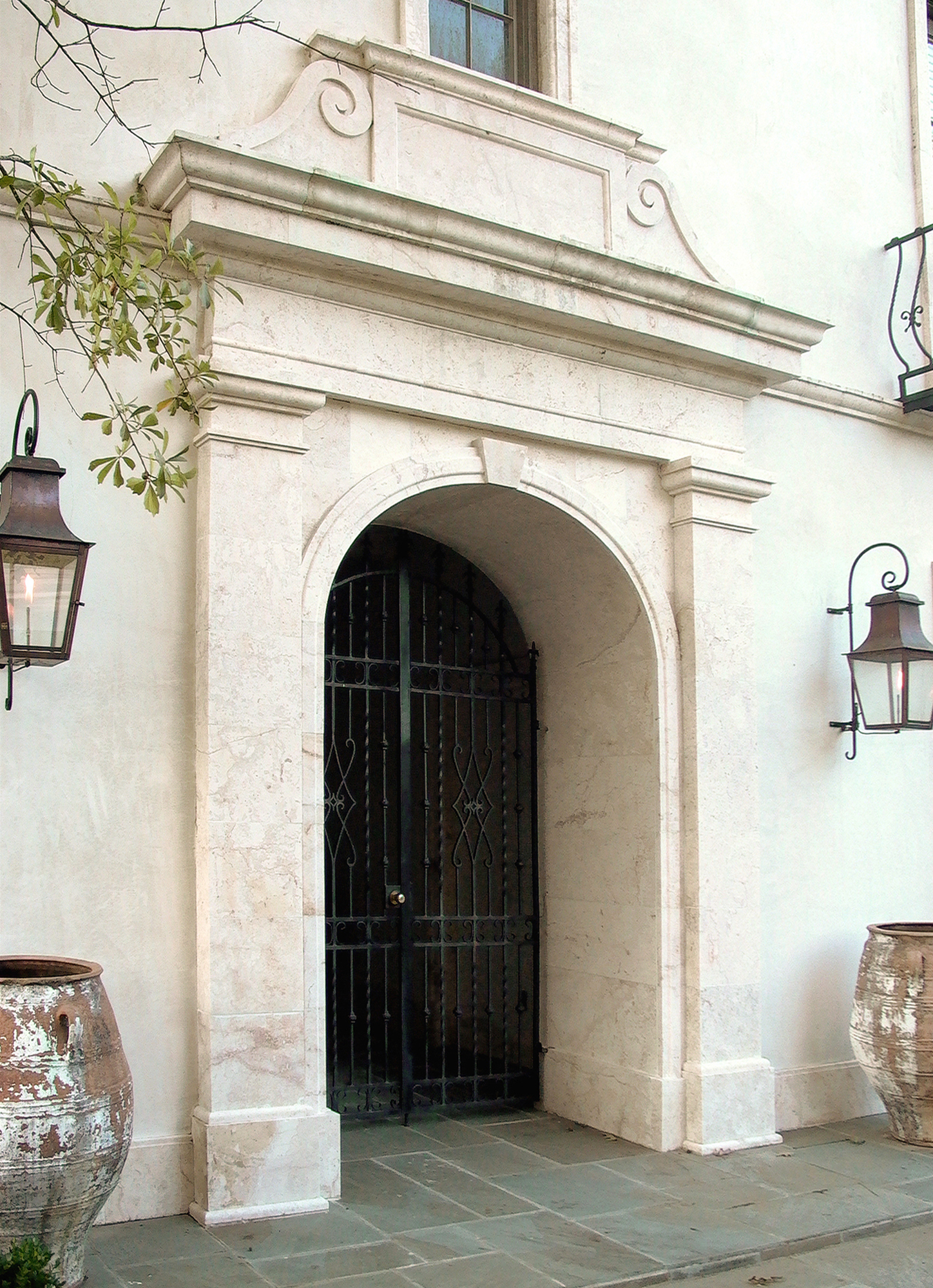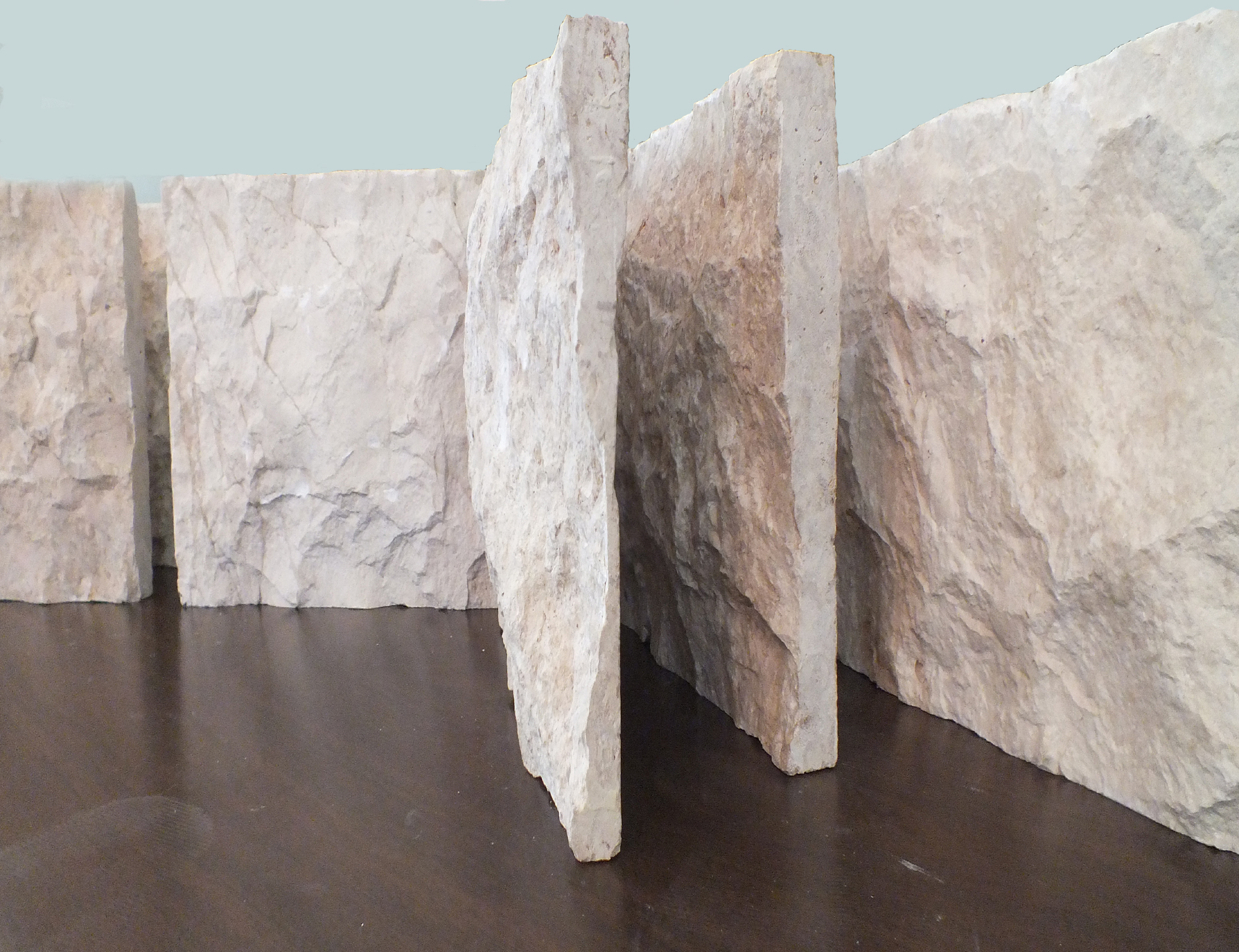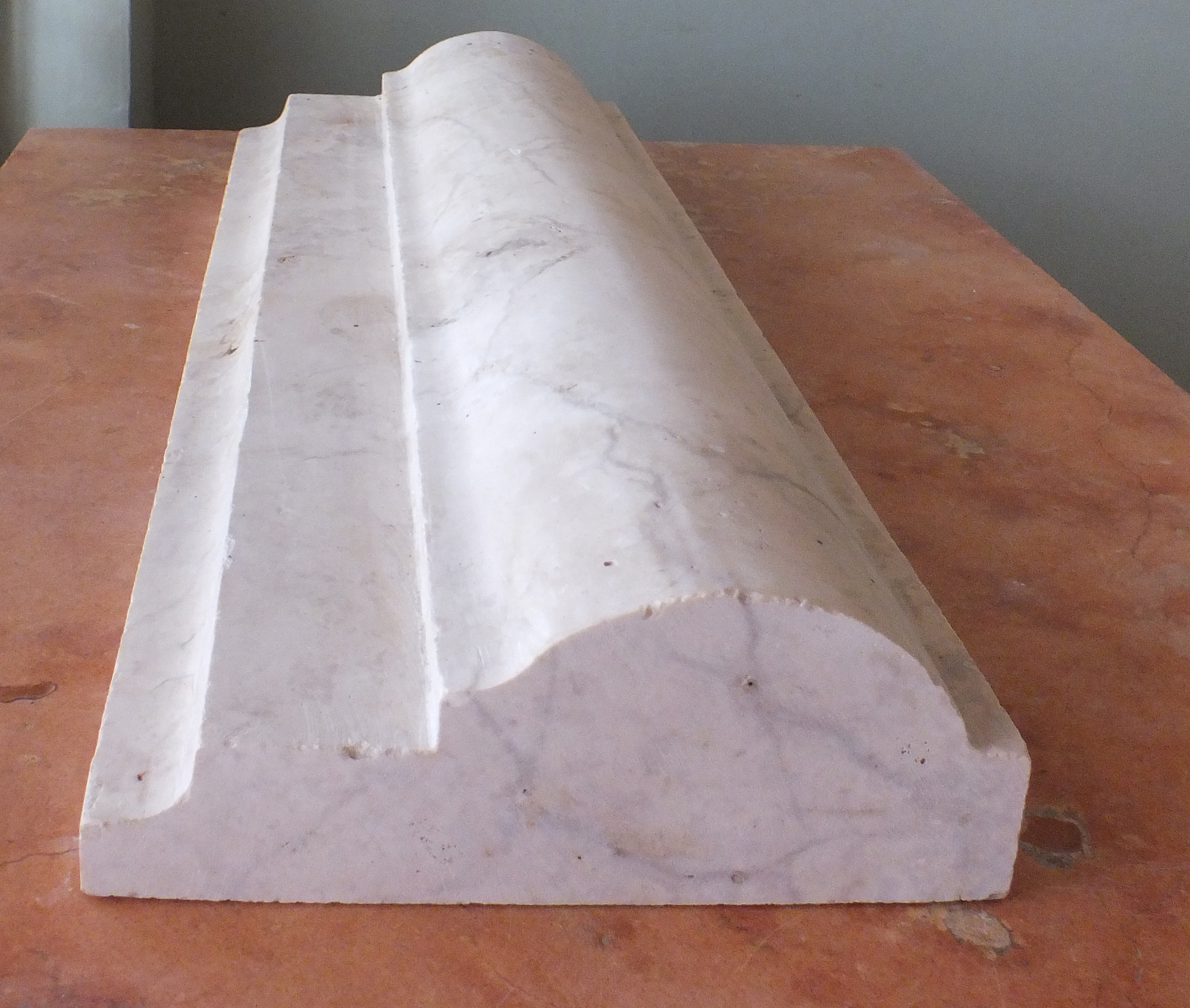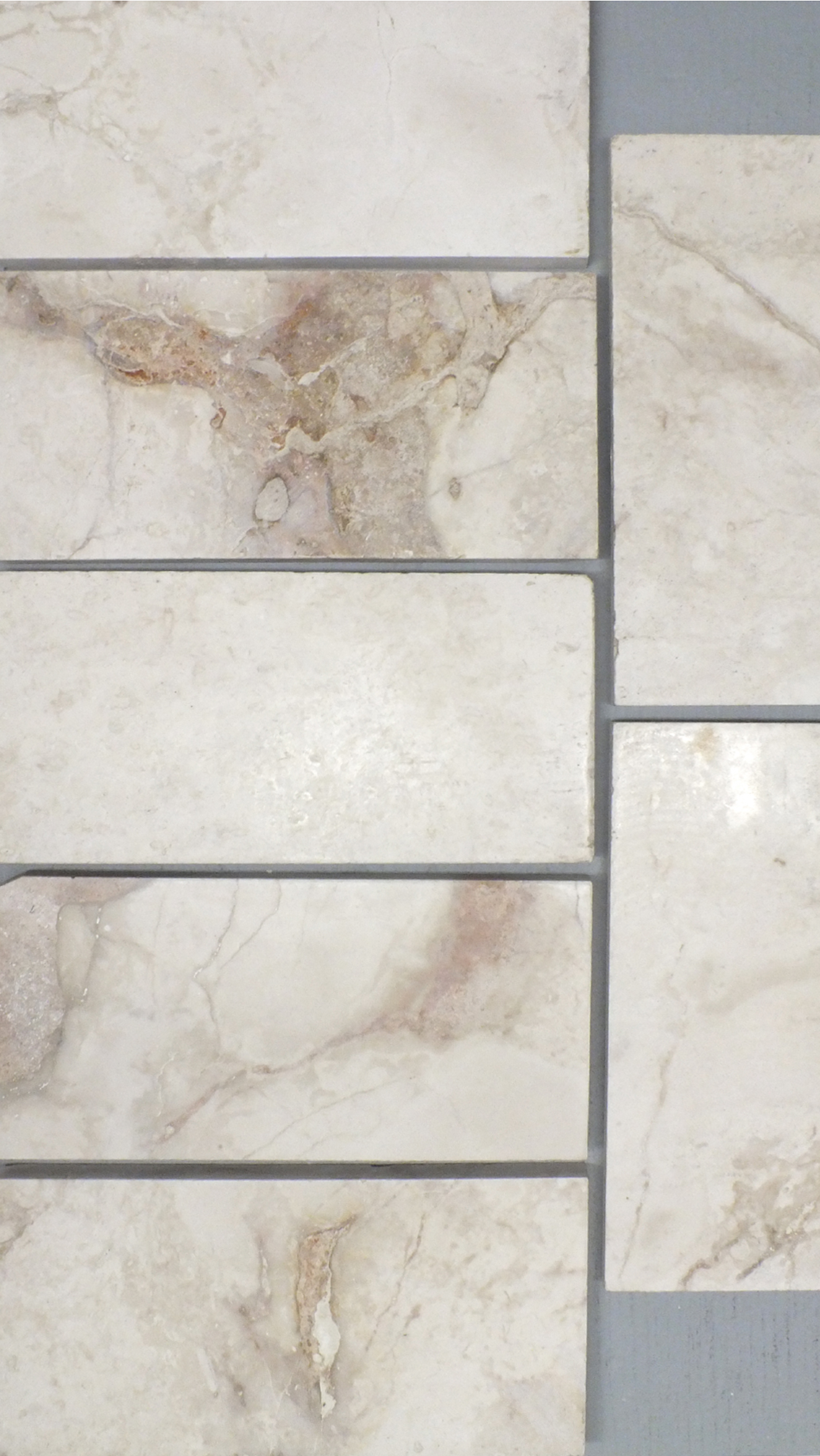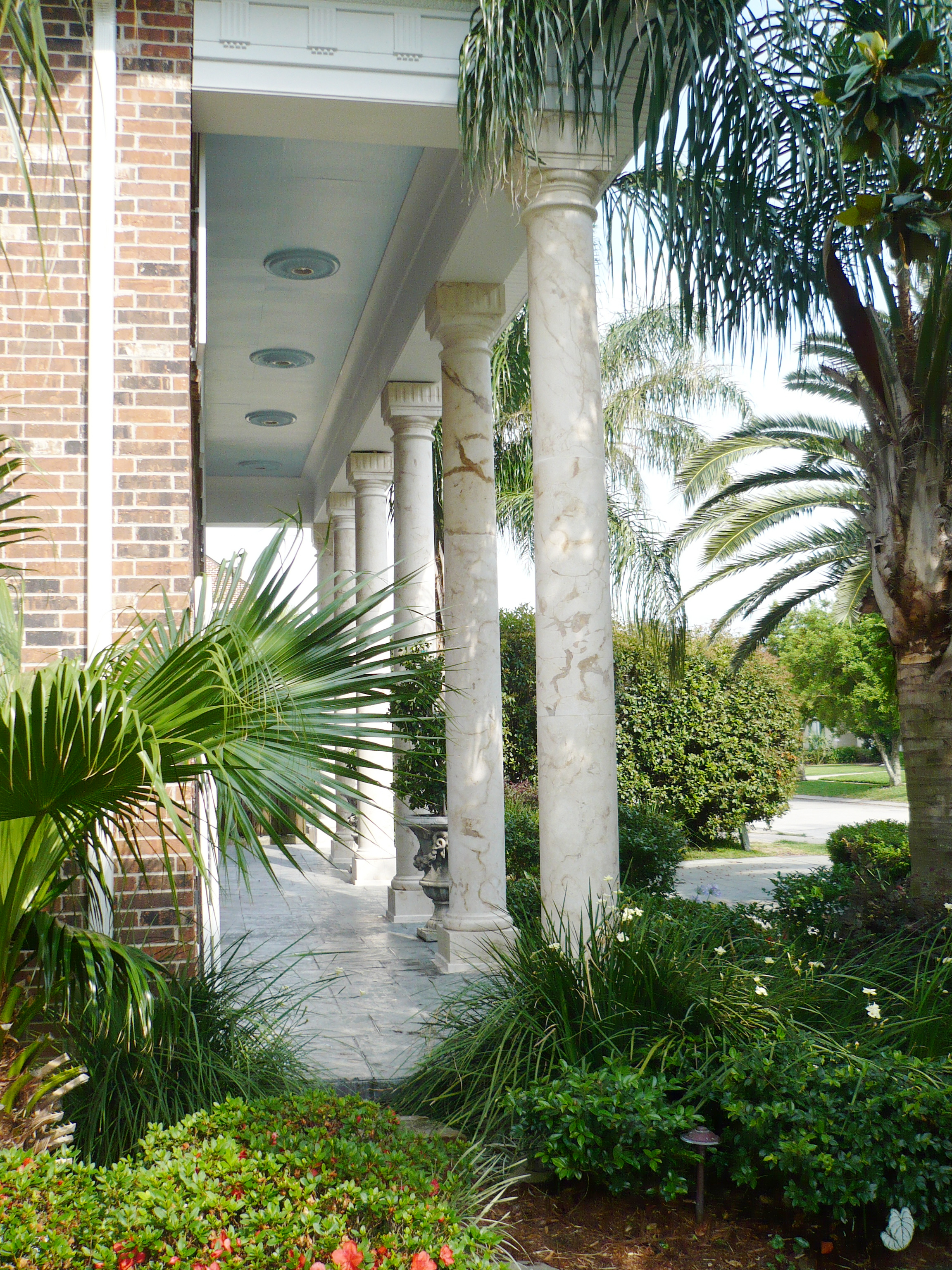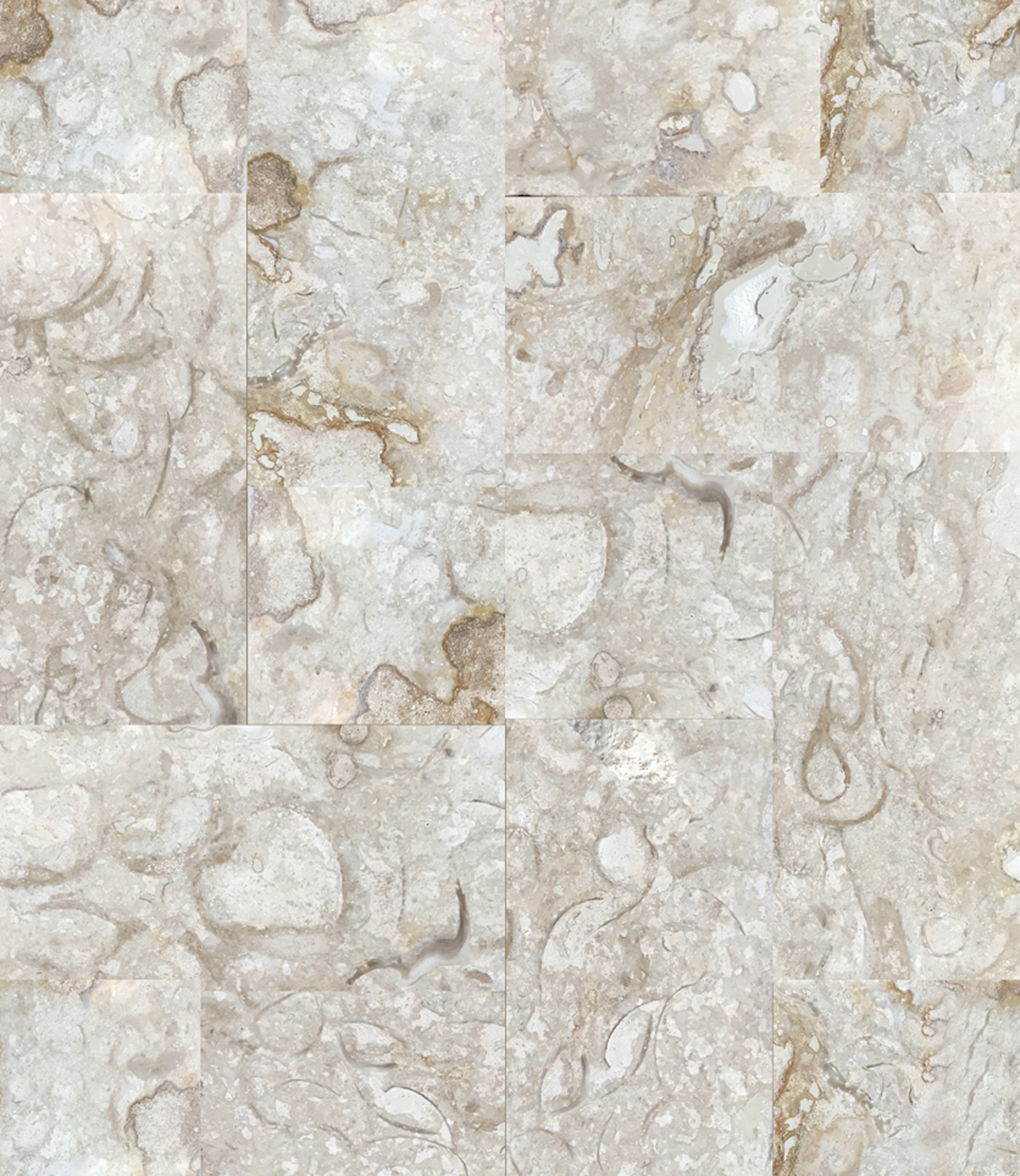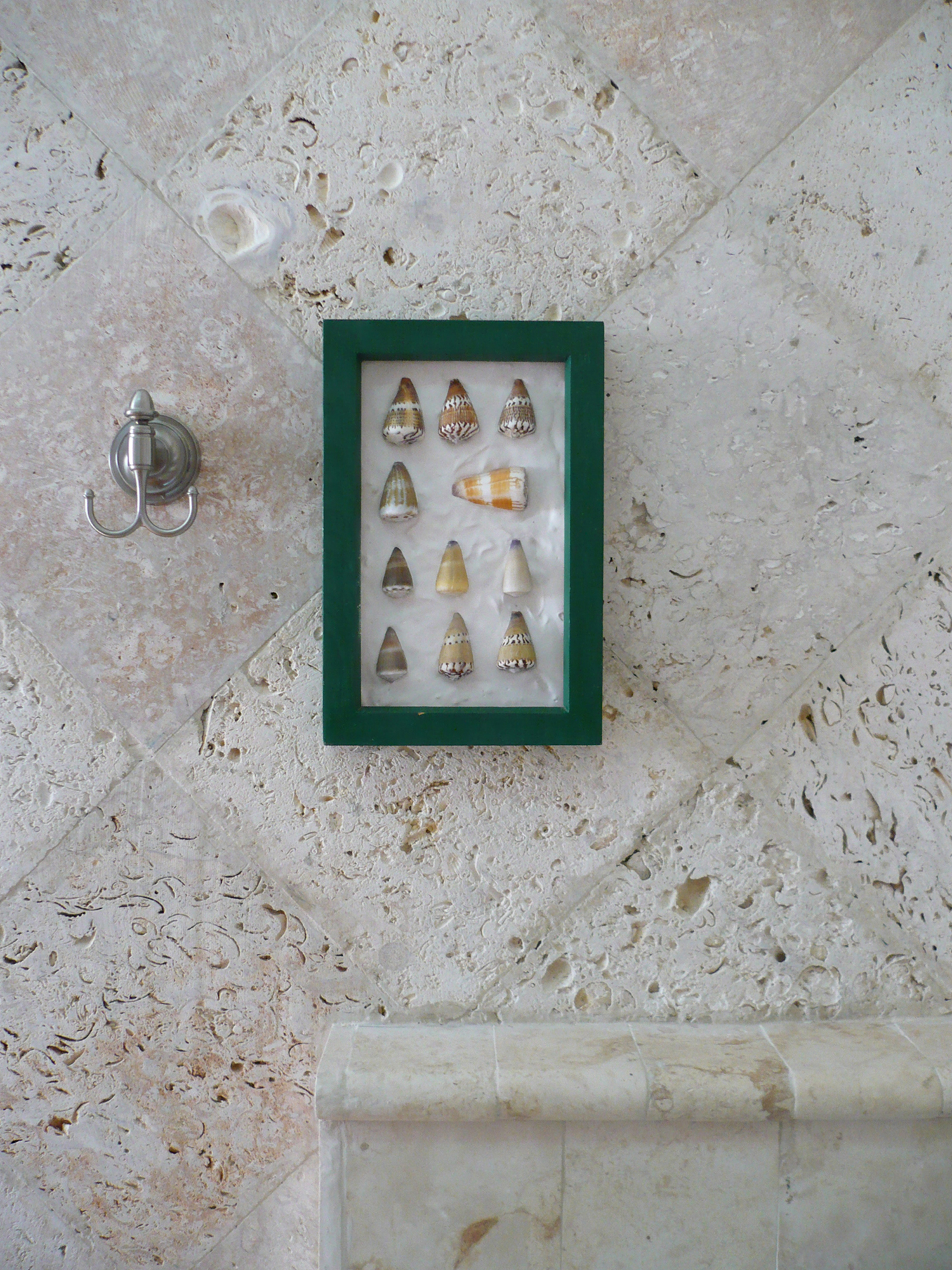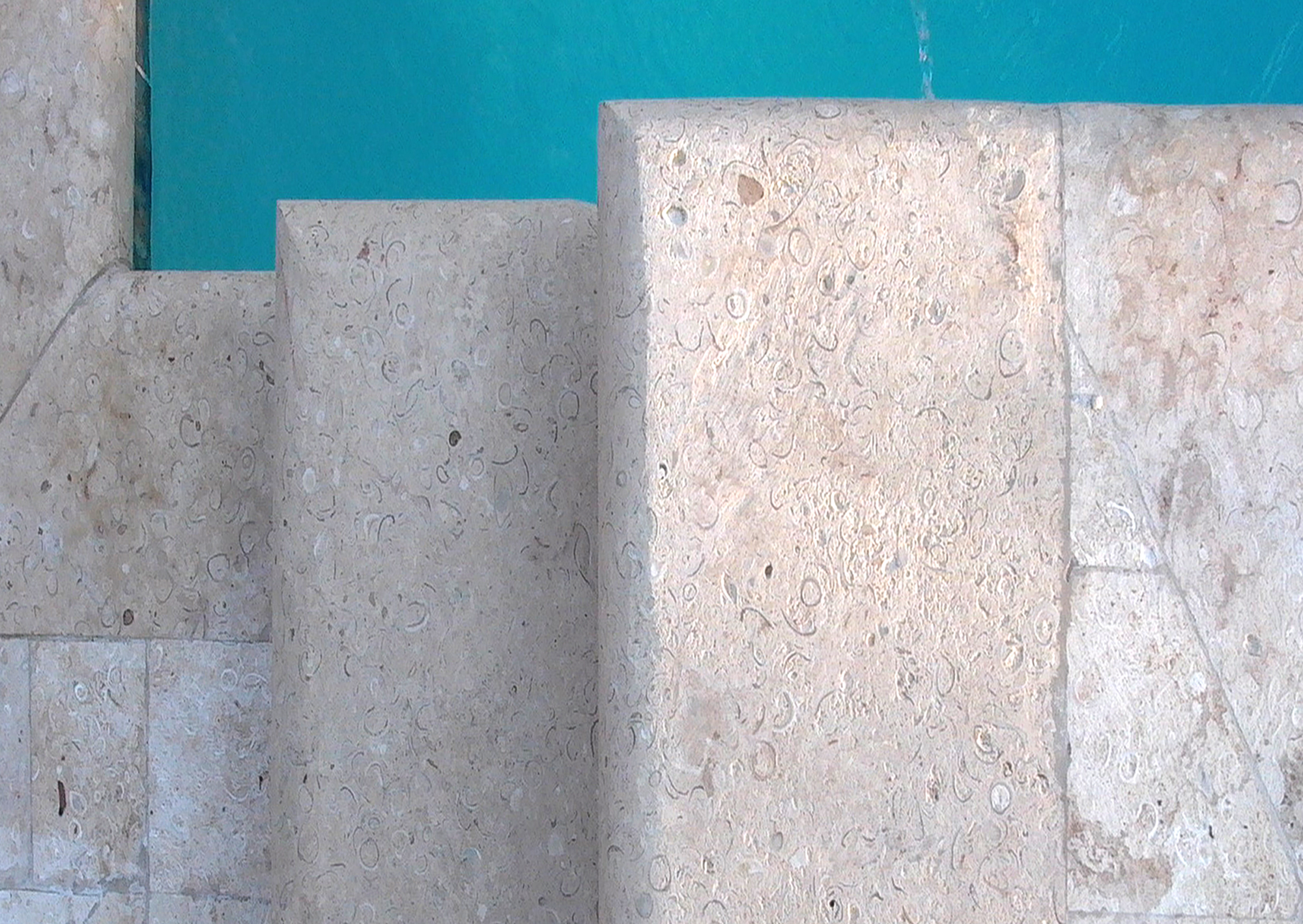Limestone of the Yucatan
“You can think of the Peninsula as a big slab of limestone gently slanting into the sea. The farther south you go, the more likely you are to encounter low hills. By the same token, you must travel far offshore before you reach deep water.”
About 65 million years ago a large asteroid or comet hit the part of the Earth that later would be occupied by the northwestern Yucatan Peninsula. The present capital city of the Yucatan, Merida, lies inside that zone. Today the impact zone is referred to as the Chicxulub Crater though there is no crater or any other obvious evidence of the impact to be seen. The impact’s crater is buried beneath 65 million years of sediment, much of which now has solidified to limestone.
This is an artist rendering of the southwest portion of the buried Chicxulub impact crater in the Yucatan Peninsula, Mexico. The radar image was acquired on orbit 81 of space shuttle Endeavour on April 14, 1994.
It is this impact crater that has been linked to a major biological catastrophe where more than 50 percent of the Earth’s species, including the dinosaurs, became extinct. The 180- to 300-kilometer-diameter (110- to 180-mile) crater is buried by 300 to 1,000 meters (1,000 to 3,000 feet) of limestone.
The bedrock limestone was formed in shallow seas throughout the Cretaceous era dating 146 – 65 million years old. During the Oligocene era, 33.7 to 23.8 million years ago, the entire slab of limestone began to be slowly lifted out of the sea, and formed what is now the peninsula of Yucatan.
Much of the outcropping limestone in the northern Yucatan is part of the Carrillo Puerto Formation of Miocene and Pliocene age. The Miocene and Pliocene are often considered as having occurred from 23.8 to 1.8 million years ago. Along much of the Yucatan coastline you find Quaternary deposits 1.8 million years old and younger.


